
Export Promotion Capital Goods (EPCG) Scheme is one of the star initiatives by the Government of India under the Foreign Trade Policy (FTP). It permits import of capital goods at zero or concessional customs duty, subject to the condition that the importer has to meet an export obligation. After satisfying the export obligation, the exporter must undertake the process for redemption of EPCG license to bring closure to the obligations with the Directorate General of Foreign Trade (DGFT) and Customs.
Understanding EPCG and Its Importance
The EPCG scheme provides Indian exporters with the benefit of importing capital goods necessary for manufacturing at zero or lower customs duty. These goods are to be employed for the manufacture of exportable products, and the exporter has to discharge an export obligation of six times the duty saved in six years.
The EPCG license is granted by Directorate General of Foreign Trade (DGFT) and has to be registered with customs for use. When the export obligation is completed, the license has to be redeemed through a regular procedure with both the DGFT and the customs authorities.
Important Points Regarding EPCG License
1. Zero/Concessional Duty Imports: Capital goods import at lower duty.
2. Export Obligation: Export obligation to be completed within 6 years.
3. EPCG License Registration with Customs: Compulsory registration of the license at the import port.
4. Monitoring by DGFT and Customs: Both keep EO compliance under monitoring.
5. Redemption of EPCG License in India: Last step of compliance to close the license formally.
EPCG License Procedure – Step by Step
The EPCG License procedure involve the following principal steps:
1. Application for EPCG License
- The company applying submits an application to DGFT using the online DGFT portal.
- Information of the capital goods, machinery specifications, and exports intended are provided.
- The EPCG license is issued once approved.
2. EPCG License Registration Process with Customs
- The EPCG license is required to be registered at Customs where imports are being made prior to clearance of imported goods.
- Bond/BG (Bank Guarantee) is done based on the exporter's performance record.
- Registration guarantees duty benefits are utilized.
3. Use of Imported Capital Goods
- The imported machinery is installed in the factory/unit.
- It must be utilized for the production of export merchandise, as stated in the license.
4. Export Obligation (EO) Fulfillment
- The obligation is met by export of the goods produced with the assistance of imported machinery.
- EO = 6 times of duty saved, to be met within 6 years.
- Annual monitoring is undertaken by DGFT in the form of annual reports.
5. Annual Return Filing
- Exporters are required to file Annual Reports with DGFT on EO progress.
- This helps avoid show cause notices and penalties.
6. Redemption Procedure for EPCG License in India
- After EO is completely fulfilled, the exporter makes an application to DGFT for redemption.
- Documents to be submitted are:
(a) Copy of EPCG License
(b) Installation Certificate of machinery
(c) EODC application (Export Obligation Discharge Certificate)
(d) Documents of customs clearance
(e) Chartered Accountant certificate for EO fulfillment
7. Grant of EODC (Export Obligation Discharge Certificate)
- Upon document and export data verification, DGFT grants the EODC.
- It verifies that the export requirement has been fulfilled and the EPCG license is redeemed.
EPCG License Validity and Renewal
An EPCG license has strict time frames, both for imports and for export obligation discharge.
1. License Validity for Imports
- An EPCG license is valid for 18 months from the issuance date.
- Importer needs to register the license with Customs and make imports within this period.
2. Export Obligation Period
- Exporter has 6 years after imports to complete the EO (six times the duty saved).
3. Extension of License Validity
- Importer may be allowed extension up to 6 months beyond 18 months in case imports cannot be made if DGFT so permits.
- Application to be made before expiry with valid reasons coupled with payment of composition fee.
4. Extension of Export Obligation Period
- 6-year EO period may be extended by a further 2 years in genuine cases.
- Extension requests should be submitted in advance along with supporting evidence.
5. Importance of Monitoring
- Failure to meet import deadlines or EO timelines may attract penalties and demand notices.
- Proper monitoring of license validity and EO completion is significant to ensure redemption.
Documents needed for Redemption of EPCG License in India
- Original DGFT issued EPCG license.
- EPCG license registration documents submitted with Customs.
- Chartered Engineer's Installation Certificate.
- Export invoices and shipping bills.
- E-BRCs (Bank Realization Certificates).
- Chartered Accountant Certificate for export information.
- Self-certified proof of customs bill of entry copy.
- Export obligation fulfillment statement certified by self.
- Annual returns filed with DGFT copies.
Challenges in EPCG License Redemption
1. Export Data Mismatch: Inconsistency between DGFT and Customs databases can hinder EODC.
2. Incomplete Installation Certificates: Lack of certification by a Chartered Engineer results in rejection.
3. Filing Annual Returns Delayed: Non-filing is penalized.
4. Incorrect Documentation: Invoice, shipping bill, or license information errors cause delays.
5. Outstanding Dues at Customs: Non-closure at Customs end could lead to complications.
Advantages of Timely EPCG License Redemption
Redemption of EPCG license in India has numerous benefits:
- Avoidance penalties and interest
- Release of guarantees through banks
- Eligibility for future issuance of EPCG licenses
- Increased credibility with DGFT and customs
- Better financial planning and duty conservation
Timely redemption indicates the exporter's commitment towards compliance and makes them stronger as a global trader.
How SKMC Global Can Assist in EPCG Redemption?
At SKMC Global, we are experts in offering end-to-end services for exporters under the EPCG scheme. We offer:
- EPCG License Application: Support for applying and getting an EPCG license from DGFT.
- EPCG License Registration procedure with Customs: Facilitating customs registration to ensure hassle-free clearance.
- Monitoring of Export Obligation: Periodic monitoring of EO compliance to prevent lapses.
- Documentation Support: Preparation and submission of all essential documents for redemption.
- Filing of EODC Application: Professional processing of the Redemption of EPCG License in India to acquire EODC with ease.
- Liaison with DGFT & Customs: Personal coordination with the authorities to clarify questions and obviate delay.
- Advisory Services: Advisory on policy changes, notifications, and compliance issues.
Our professionalism facilitates smooth Redemption of EPCG License in India, saving time and avoiding penalties.
Conclusion
The process of redemption of EPCG license in India is the last step to effectively claim advantages under the EPCG scheme. It comprises compliant imports, EO compliance, reporting on time, and documentation accurately.
A redeemed EPCG license not only avoids penalties but also enhances a company's compliance record, facilitating easier approvals in future schemes. Skilled assistance from experienced professionals such as SKMC Global facilitates the process with ease, with exporters free to concentrate on business development while technical compliance is managed efficiently.
FREQUENTLY ASKED QUESTIONS
The Export Promotion Capital Goods (EPCG) Scheme provides for import at zero customs duty of capital goods to produce goods and services of quality to develop India's export competitiveness.
Any exporter eligible under the scheme—be it a Registered Office, Head Office, Branch Office, or Manufacturing Unit—can submit an application to the Regional Authority (RA) in Form ANF 5A along with documents as required.
A Nexus Certificate, given by an independent Chartered Engineer, verifies the nexus between the export product and the capital goods. It is necessary for EPCG approval and for any changes in import/export item lists.
Installation has to be certified within six months of completion of import by either:
-Jurisdictional Customs Authority, or
-Independent Chartered Engineer (with notification to Customs).
Yes, relocation is permissible during the export obligation period if a new installation certificate is furnished within six months of relocation.
Export obligation is normally six times the duty saved on imported capital goods. It should be discharged within a 6-year block period:
-50% within the first 4 years
-Remaining in the 5th and 6th years
Yes. EPCG authorisation holders are eligible to:
-SOURCE capital goods from SEZs under "Certificate of Supplies from SEZ"
-SOURCE indigenously using an Invalidation Letter or Advance Release Order (ARO)
The authorization holder is required to pay customs duty proportional to the deficit, along with interest if due. Voluntary withdrawal from the scheme is also permitted without penalty for unutilized authorizations.
Yes, authorizations can be clubbed if given by the same RA and for the same export product. Export obligation and average EO are recalculated accordingly.
Recent Posts
-
 Applicability of Ind AS vs Indian Accounting Stand...
Nov 11,2025
Applicability of Ind AS vs Indian Accounting Stand...
Nov 11,2025
-
 Public vs. Private Trust: key Differences in Regis...
Oct 28,2025
Public vs. Private Trust: key Differences in Regis...
Oct 28,2025
-
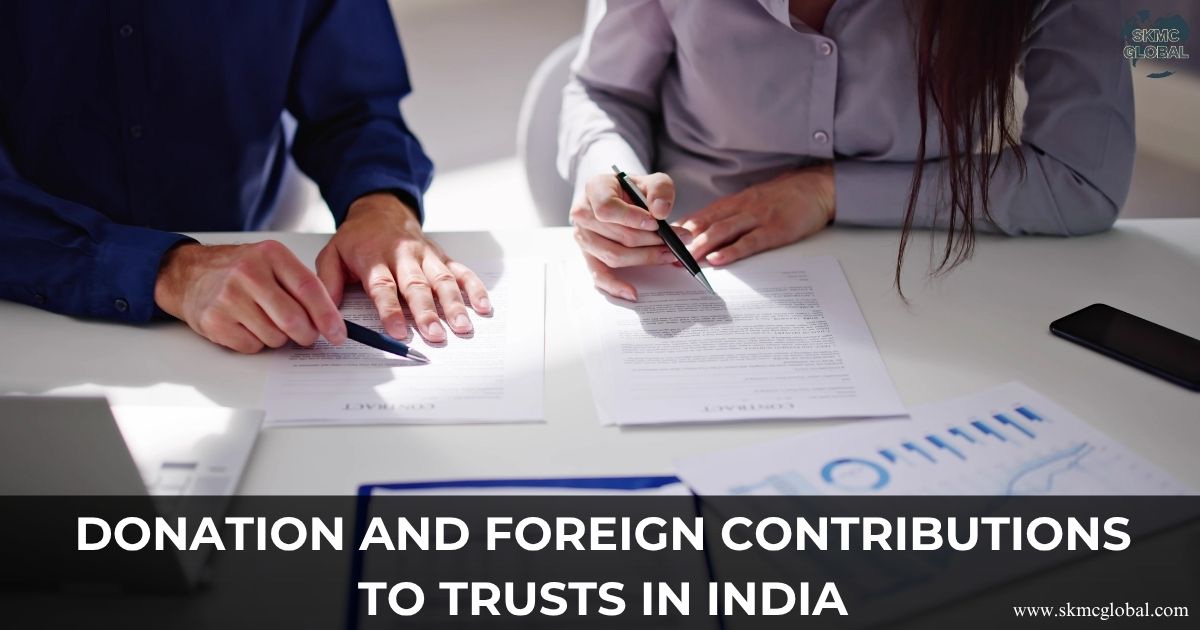 Donation and Foreign Contributions to Trusts in In...
Oct 23,2025
Donation and Foreign Contributions to Trusts in In...
Oct 23,2025
-
 Redeemable Preference Shares as a Financial Tool...
Oct 22,2025
Redeemable Preference Shares as a Financial Tool...
Oct 22,2025
-
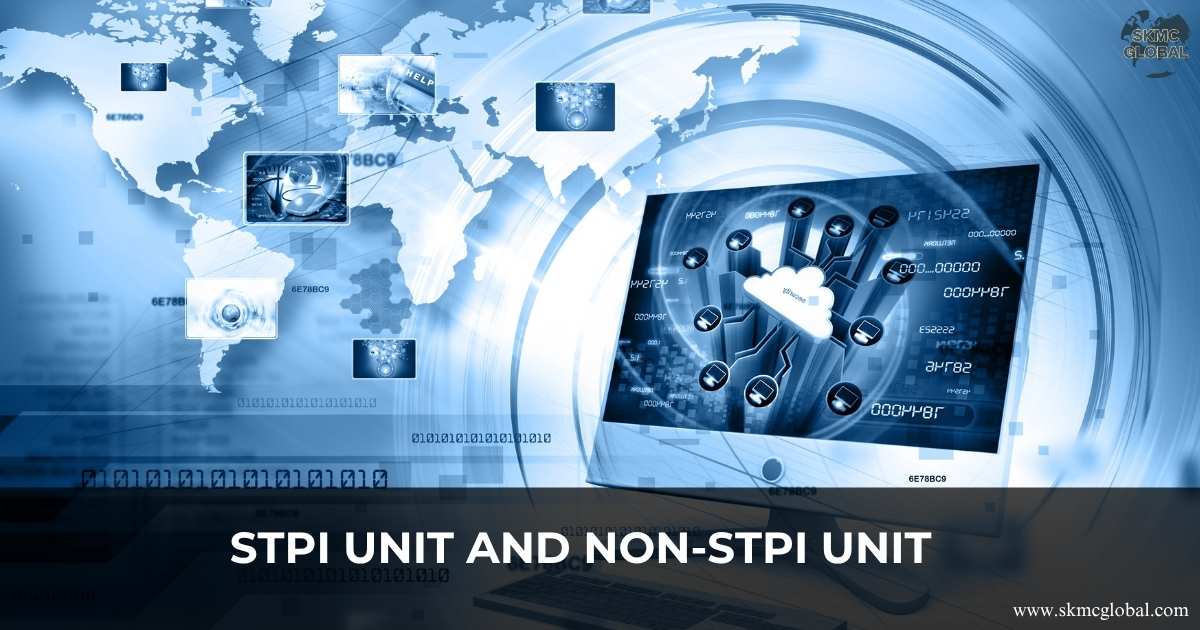 STPI Unit and Non-STPI Unit...
Oct 16,2025
STPI Unit and Non-STPI Unit...
Oct 16,2025
-
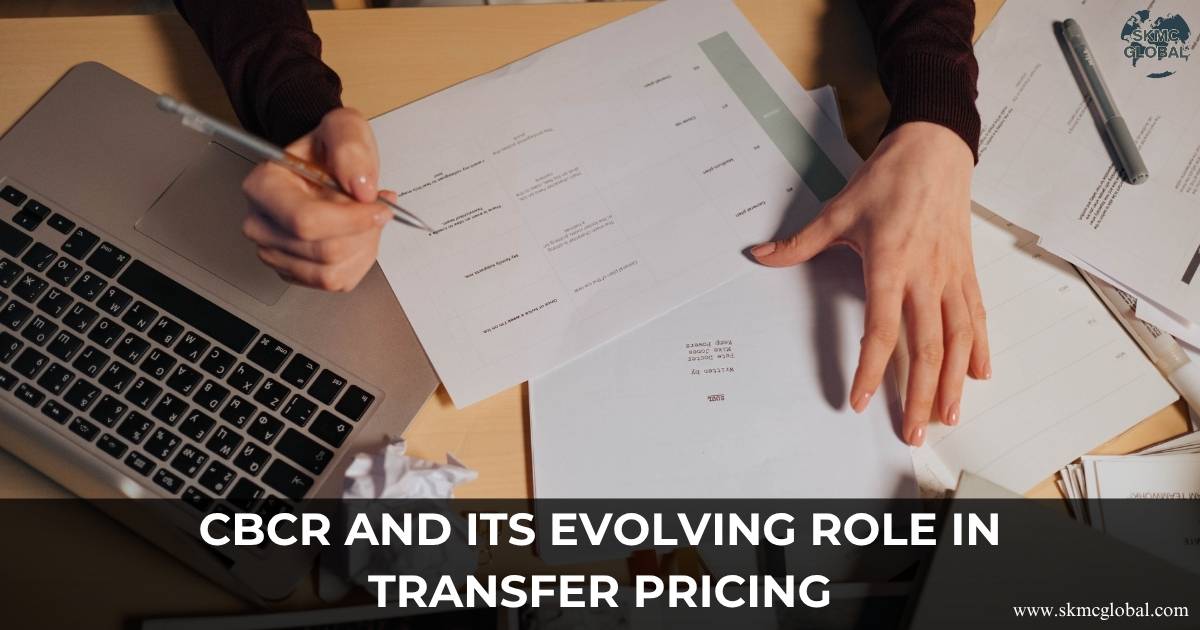 Country-by-Country Reporting (CbCR) and Its Evolvi...
Oct 09,2025
Country-by-Country Reporting (CbCR) and Its Evolvi...
Oct 09,2025
-
 What is Free Trade Agreement and Certificate of Or...
Oct 08,2025
What is Free Trade Agreement and Certificate of Or...
Oct 08,2025
-
 What is the relevance of status holders certificat...
Oct 06,2025
What is the relevance of status holders certificat...
Oct 06,2025
-
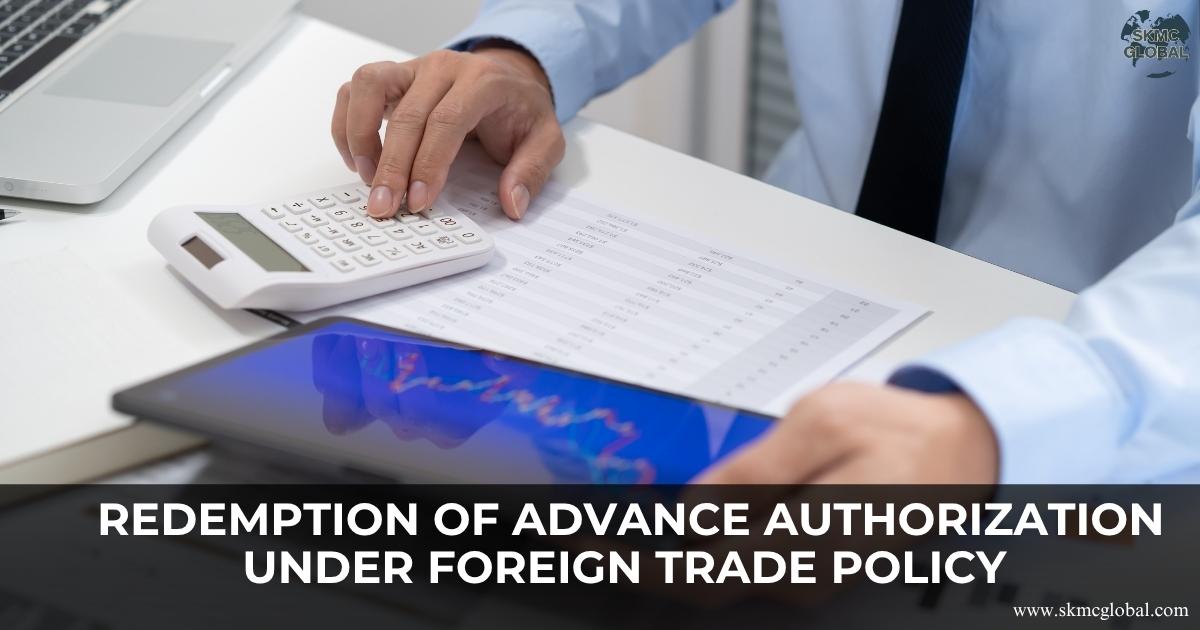 Redemption of Advance Authorization under Foreign ...
Oct 04,2025
Redemption of Advance Authorization under Foreign ...
Oct 04,2025
-
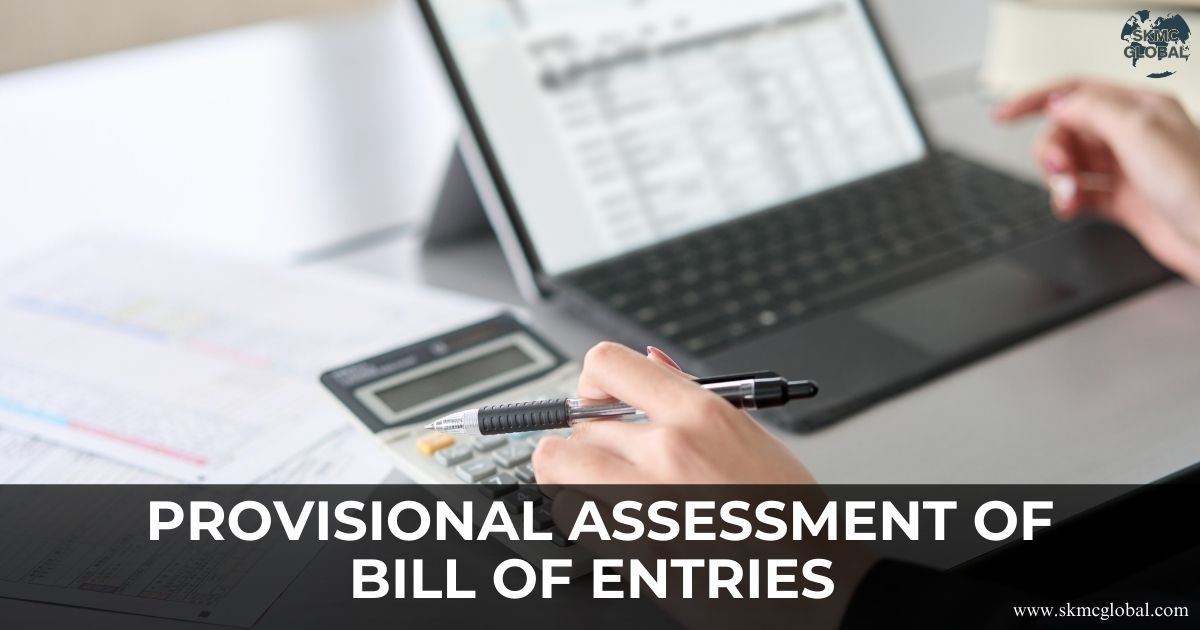 What is provisional assessment of Bill of Entries ...
Sep 29,2025
What is provisional assessment of Bill of Entries ...
Sep 29,2025
-
 Redemption of EPCG License...
Sep 26,2025
Redemption of EPCG License...
Sep 26,2025
-
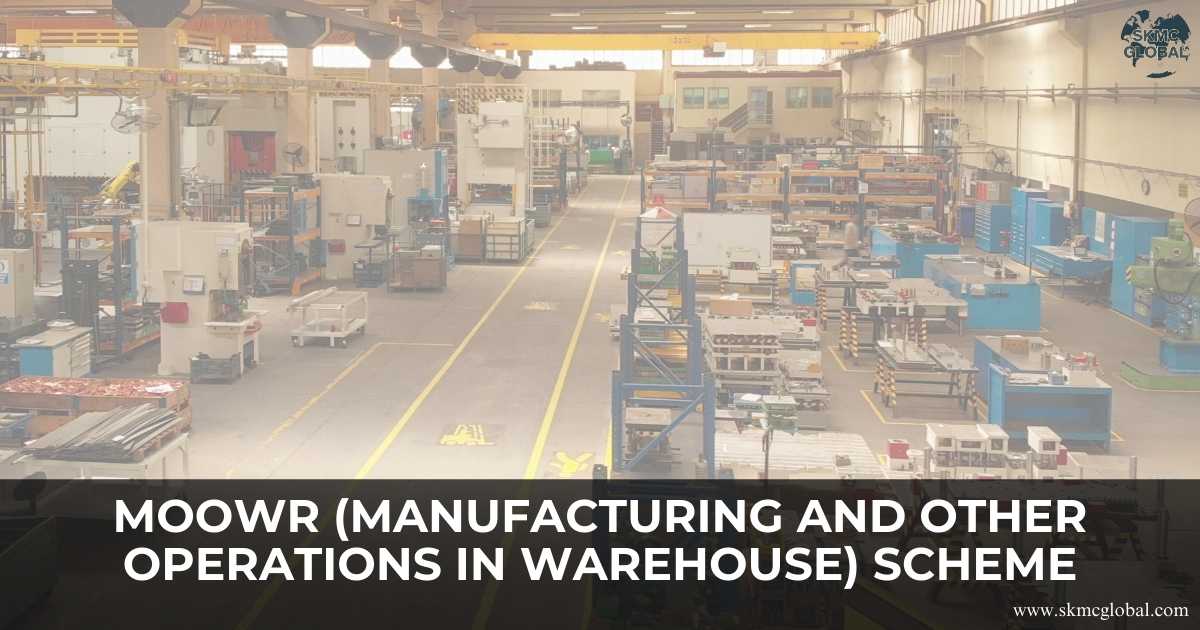 MOOWR (Manufacturing and Other Operations in Wareh...
Sep 24,2025
MOOWR (Manufacturing and Other Operations in Wareh...
Sep 24,2025
-
 Procedure to Apply SCOMET License...
Sep 22,2025
Procedure to Apply SCOMET License...
Sep 22,2025
-
 Landscape of Semiconductor Industry while Doing Bu...
Sep 18,2025
Landscape of Semiconductor Industry while Doing Bu...
Sep 18,2025
-
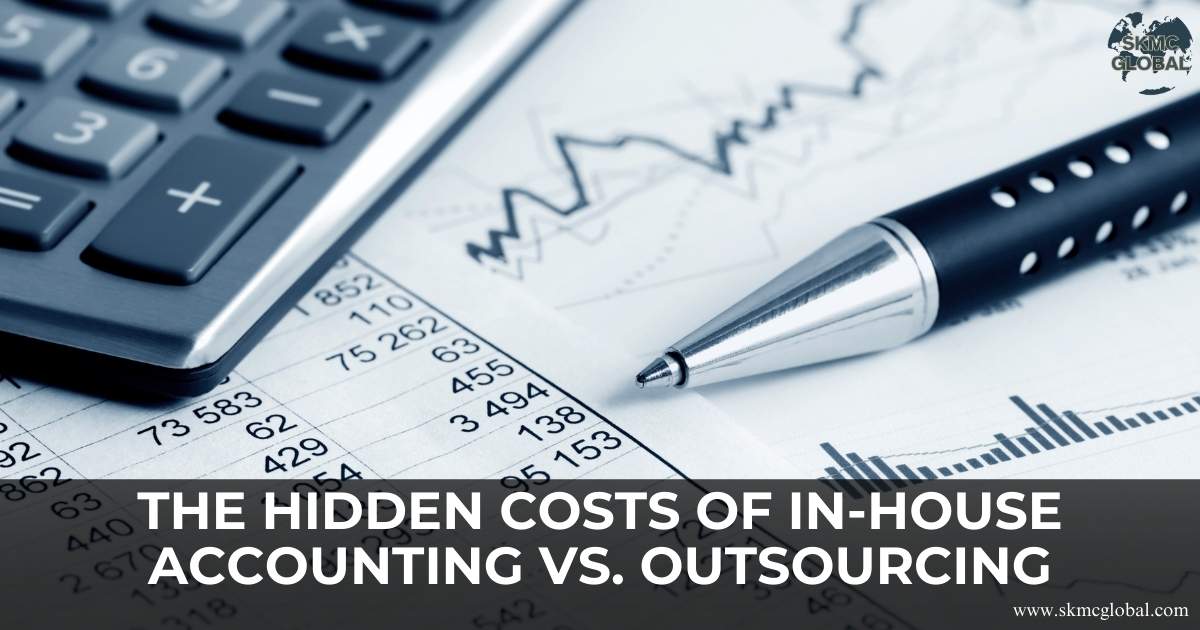 The Hidden Costs of In-House Accounting v/s Outsou...
Sep 17,2025
The Hidden Costs of In-House Accounting v/s Outsou...
Sep 17,2025
-
 TDS on sale of immovable property by an nri...
Sep 10,2025
TDS on sale of immovable property by an nri...
Sep 10,2025
-
 Setting up a Project Office in India...
Sep 08,2025
Setting up a Project Office in India...
Sep 08,2025
-
 Tax Implication for Transferring NRO Funds to NRE ...
Sep 05,2025
Tax Implication for Transferring NRO Funds to NRE ...
Sep 05,2025
-
 How outsourcing CFO services helps the corporates ...
Aug 27,2025
How outsourcing CFO services helps the corporates ...
Aug 27,2025
-
 Why a Periodical Cash Flow Statement is Necessary ...
Aug 26,2025
Why a Periodical Cash Flow Statement is Necessary ...
Aug 26,2025
-
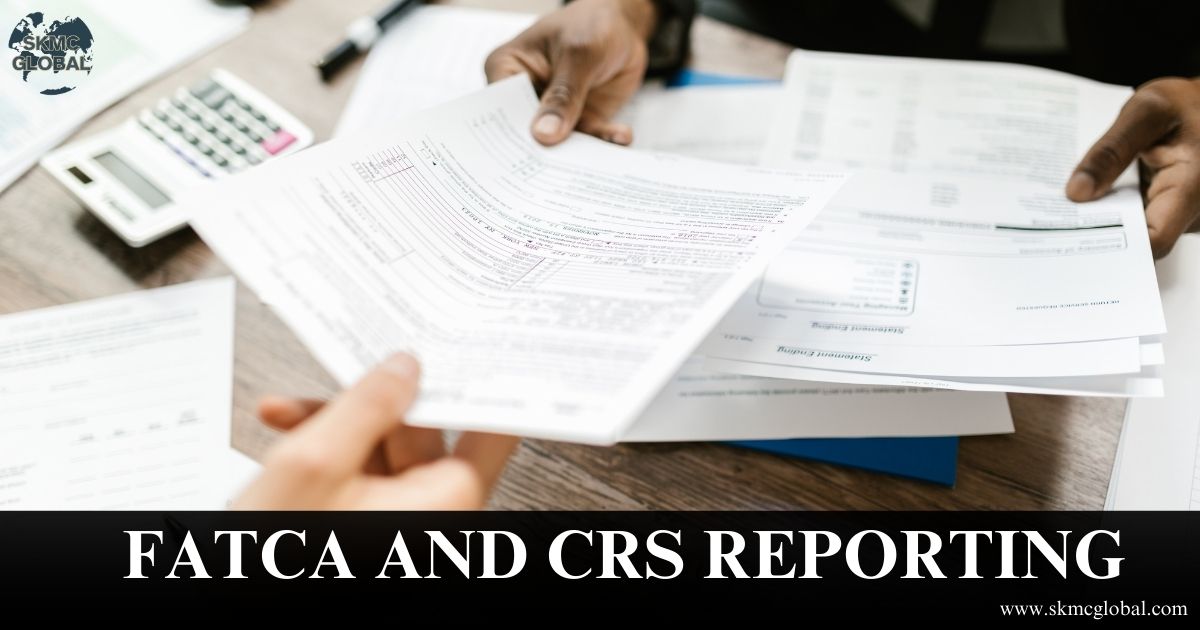 What is FATCA and CRS reporting and its difference...
Aug 22,2025
What is FATCA and CRS reporting and its difference...
Aug 22,2025
-
 What are unclaimed TDS Credits and how to claim it...
Aug 21,2025
What are unclaimed TDS Credits and how to claim it...
Aug 21,2025
-
 Digital Taxation is reshaping Tax Nexus Between Ju...
Aug 20,2025
Digital Taxation is reshaping Tax Nexus Between Ju...
Aug 20,2025
-
 Procedure to Take PF Registration and Its Complian...
Aug 18,2025
Procedure to Take PF Registration and Its Complian...
Aug 18,2025
-
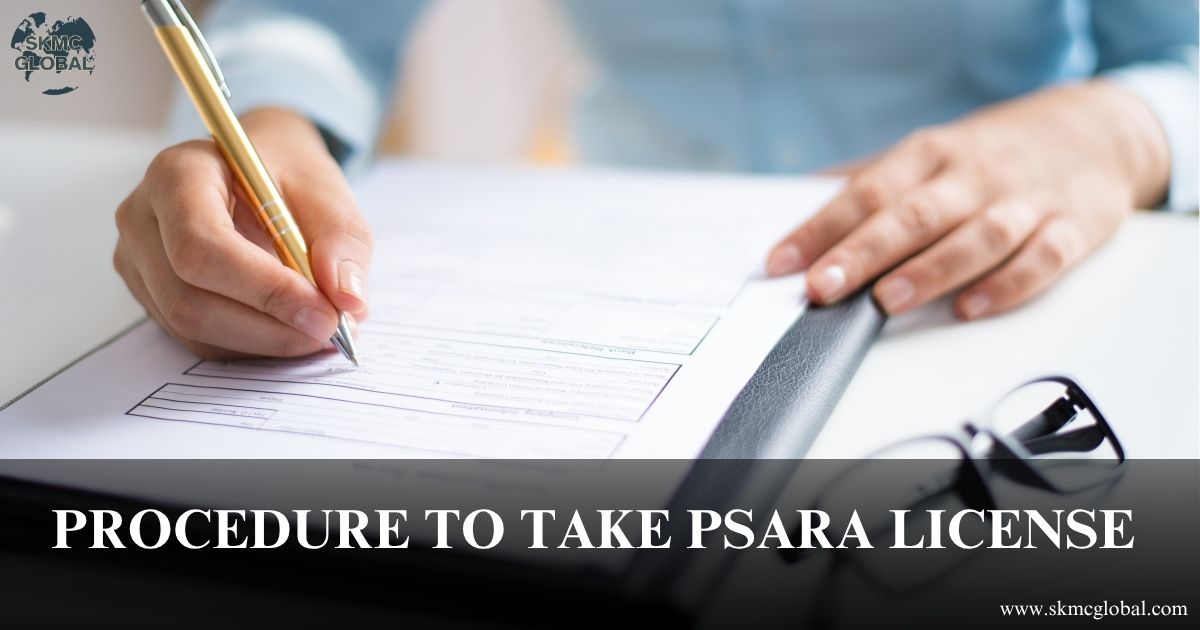 Procedure to take PSARA License...
Aug 11,2025
Procedure to take PSARA License...
Aug 11,2025
-
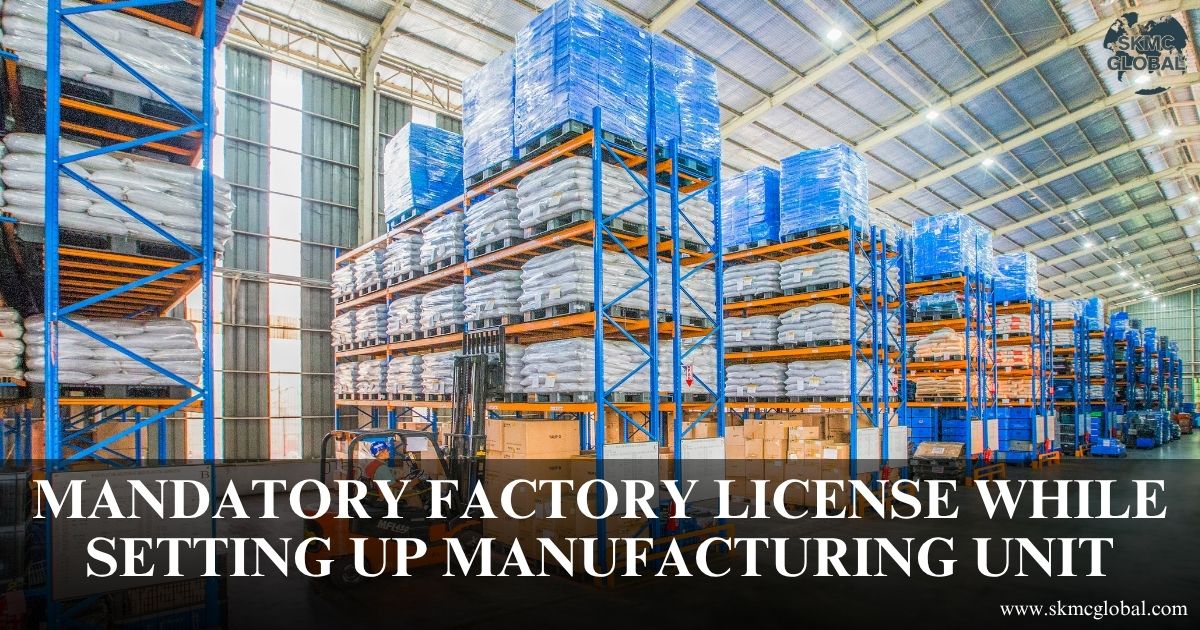 Mandatory factory license while setting up manufac...
Aug 08,2025
Mandatory factory license while setting up manufac...
Aug 08,2025
-
 Procedure for obtaining NBFC Registration in India...
Aug 04,2025
Procedure for obtaining NBFC Registration in India...
Aug 04,2025
-
 FSSAI License registration for Food Business...
Jul 14,2025
FSSAI License registration for Food Business...
Jul 14,2025
-
 How Management Information System (MIS) reporting ...
Jul 11,2025
How Management Information System (MIS) reporting ...
Jul 11,2025
-
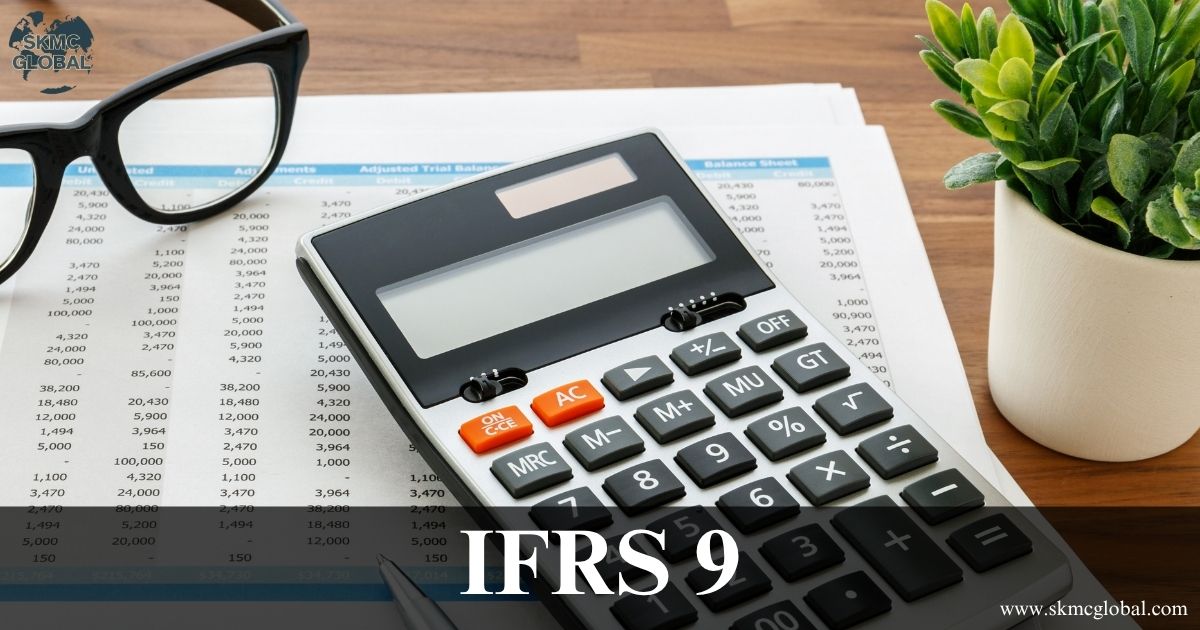 IFRS 9 impairment- A complete guide...
Jul 12,2025
IFRS 9 impairment- A complete guide...
Jul 12,2025
-
 Why most of the companies are shifting to hr and p...
Jul 10,2025
Why most of the companies are shifting to hr and p...
Jul 10,2025
-
 A complete guide on valuation of shares...
Jul 10,2025
A complete guide on valuation of shares...
Jul 10,2025
-
 BIS registration for foreign manufacturer...
Jul 09,2025
BIS registration for foreign manufacturer...
Jul 09,2025
-
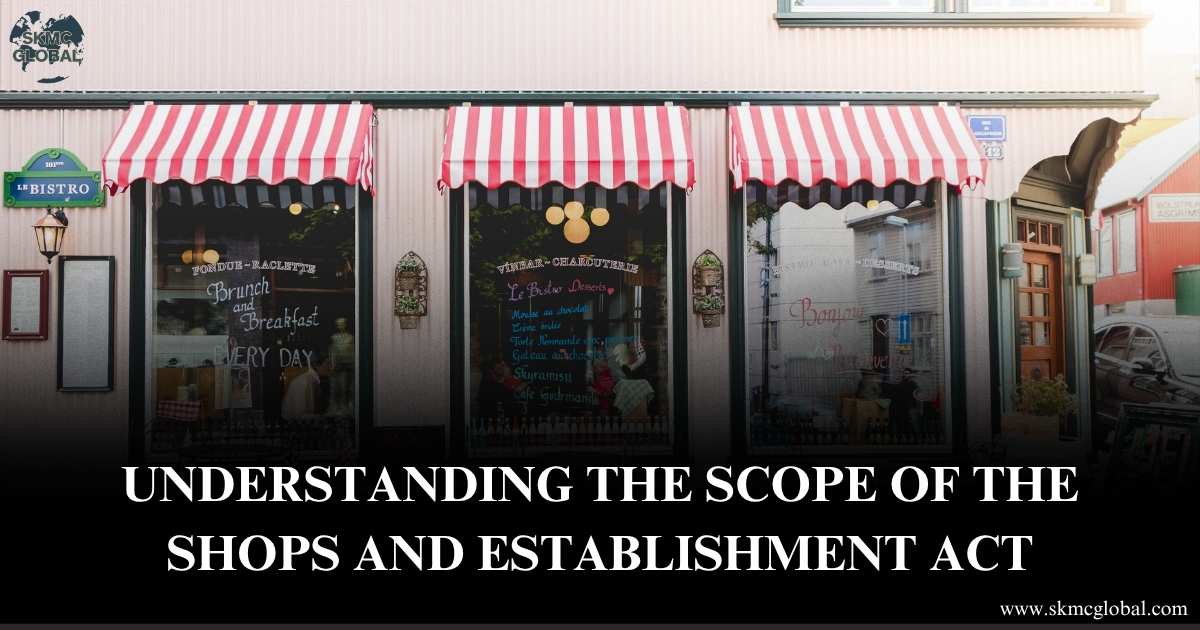 Understanding the Scope of the Shops and Establish...
Jul 08,2025
Understanding the Scope of the Shops and Establish...
Jul 08,2025
-
 Coso framework: Complete guide on internal control...
Jun 26,2025
Coso framework: Complete guide on internal control...
Jun 26,2025
-
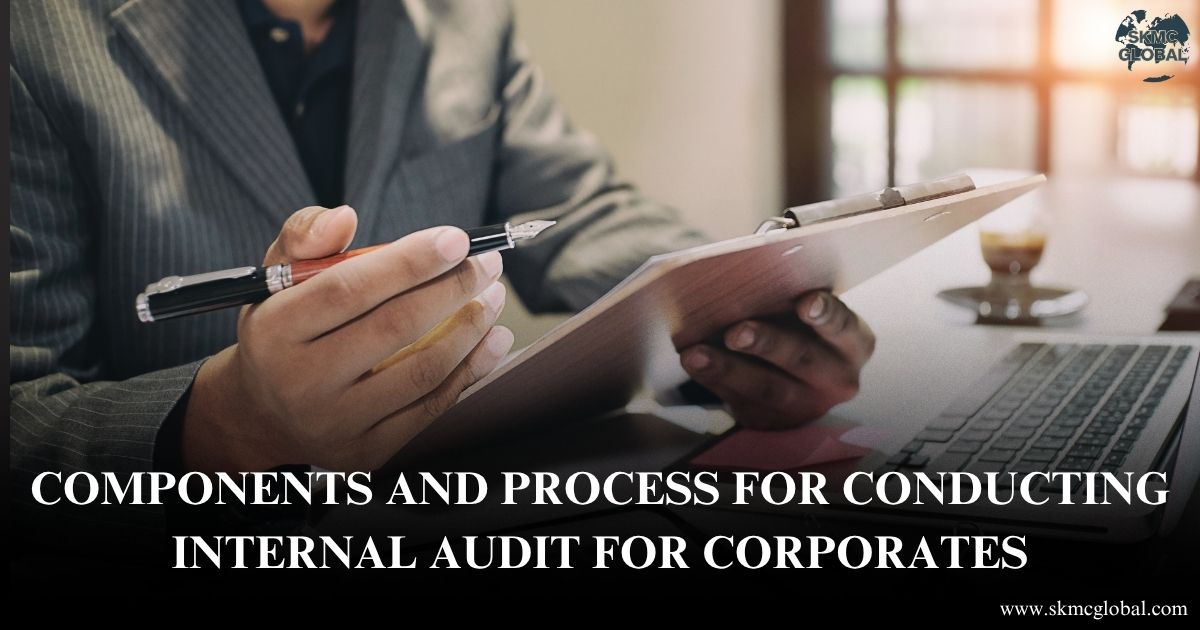 Components and Process for Conducting Internal Aud...
Jun 25,2025
Components and Process for Conducting Internal Aud...
Jun 25,2025
-
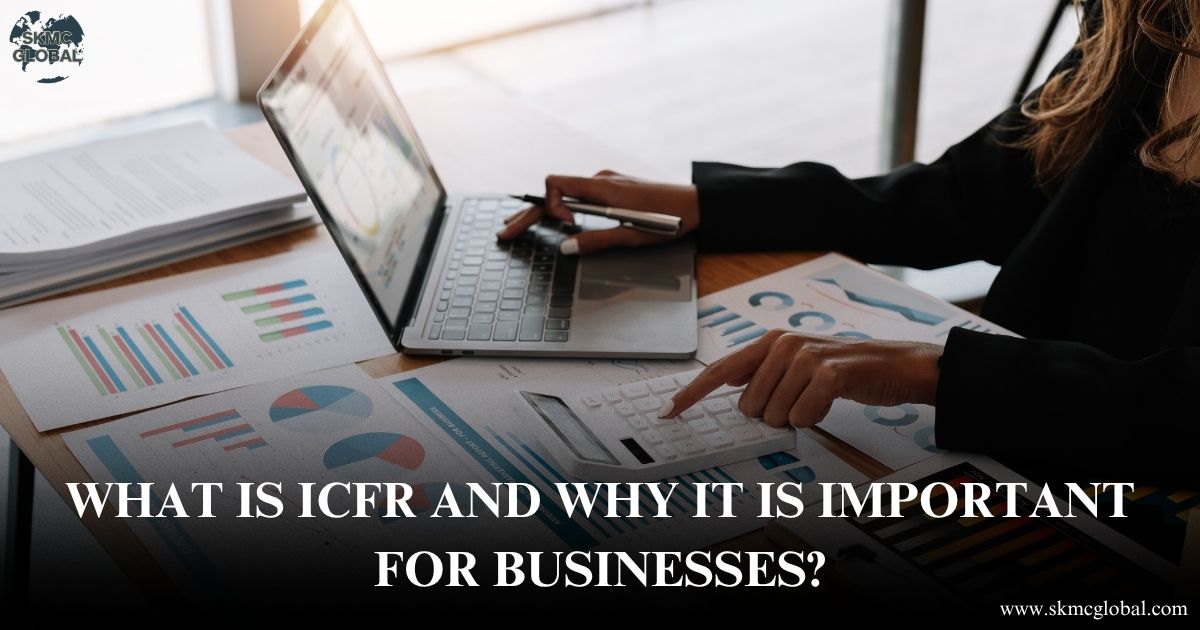 What is ICFR and Why It is Important for Businesse...
Jun 24,2025
What is ICFR and Why It is Important for Businesse...
Jun 24,2025
-
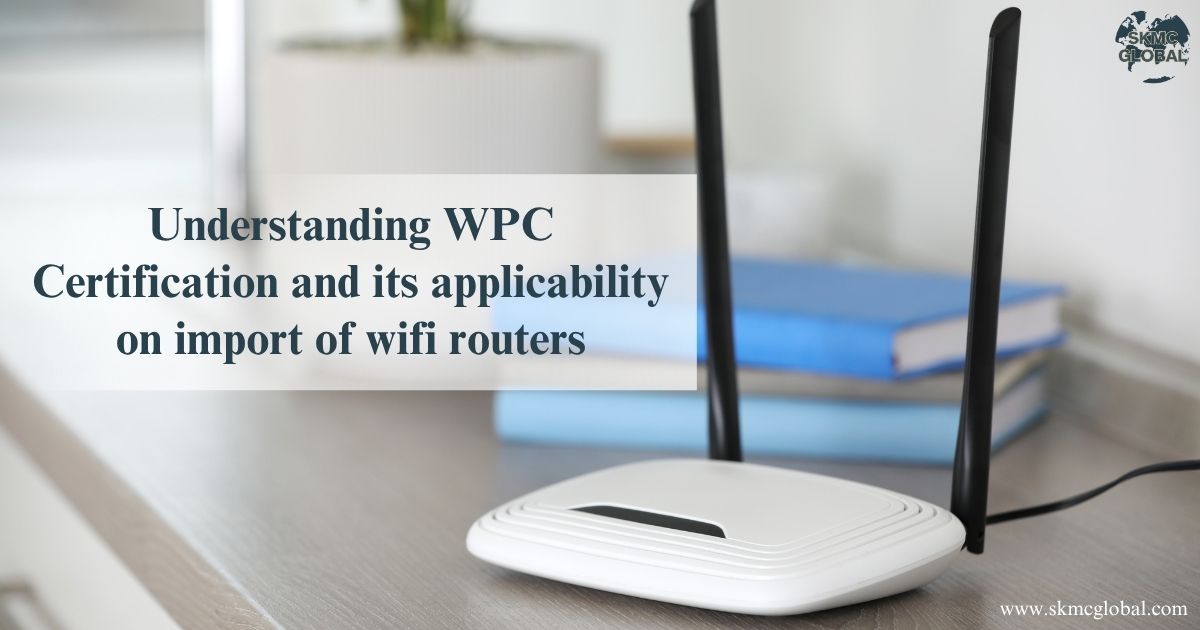 Understanding WPC Certification and its applicabil...
Jun 23,2025
Understanding WPC Certification and its applicabil...
Jun 23,2025
-
 Procedure to take EPR registration for battery was...
Jun 21,2025
Procedure to take EPR registration for battery was...
Jun 21,2025
-
 3PL Logistics...
Jun 19,2025
3PL Logistics...
Jun 19,2025
-
 What is E-Waste and role of EPR in Waste Managemen...
Jun 17,2025
What is E-Waste and role of EPR in Waste Managemen...
Jun 17,2025
-
 M&A Due Diligence in India: How to Spot Target Com...
Jun 16,2025
M&A Due Diligence in India: How to Spot Target Com...
Jun 16,2025
-
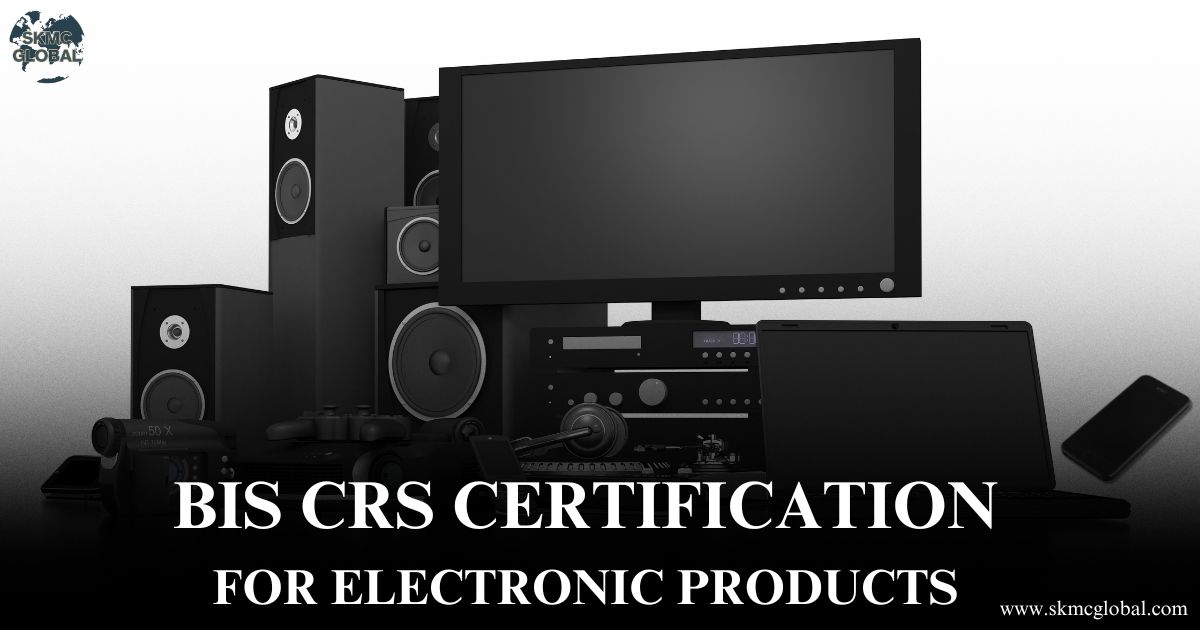 BIS crs certification for electronic products...
Jun 12,2025
BIS crs certification for electronic products...
Jun 12,2025
-
 All you need to know about WPC ETA certification f...
Jun 11,2025
All you need to know about WPC ETA certification f...
Jun 11,2025
-
 What is CDSCO Registration under The Drugs & Cosme...
Jun 10,2025
What is CDSCO Registration under The Drugs & Cosme...
Jun 10,2025
-
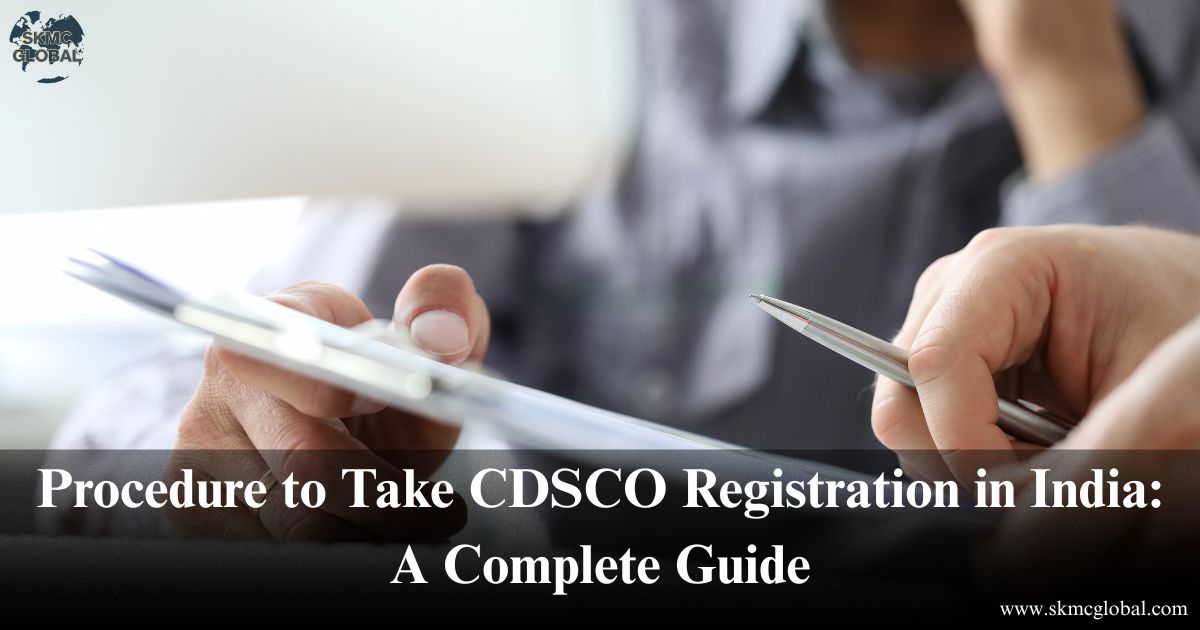 Procedure to Take CDSCO Registration in India: A C...
Jun 09,2025
Procedure to Take CDSCO Registration in India: A C...
Jun 09,2025
-
 All You Need to Know About AERB Registration...
Jun 07,2025
All You Need to Know About AERB Registration...
Jun 07,2025
-
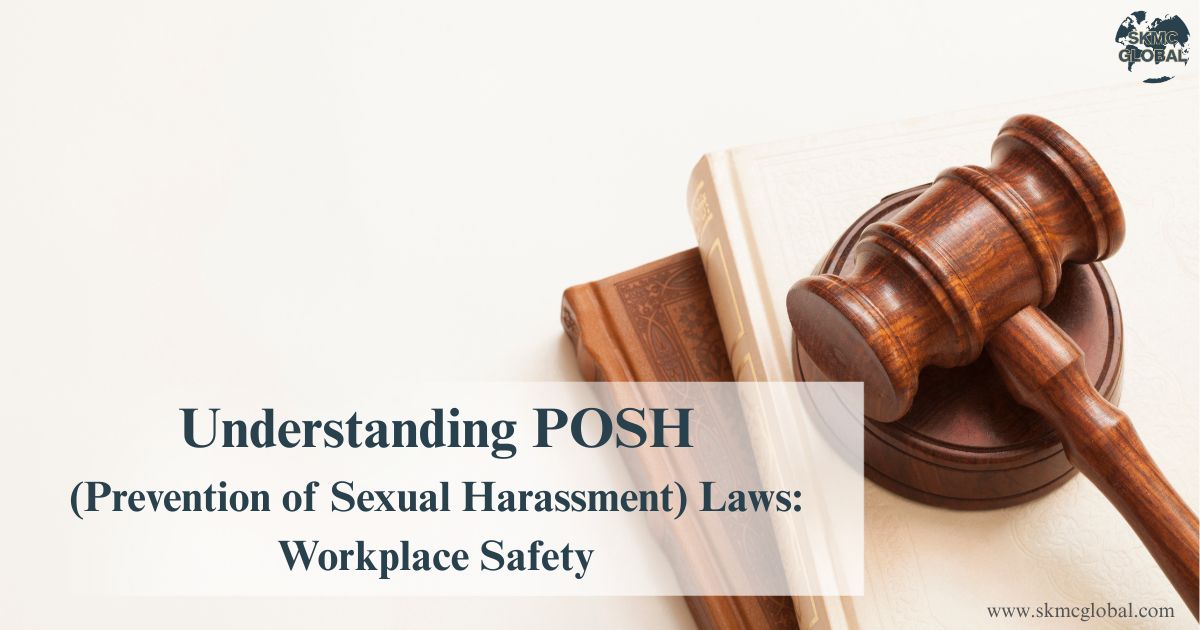 Understanding POSH (Prevention of Sexual Harassmen...
Jun 03,2025
Understanding POSH (Prevention of Sexual Harassmen...
Jun 03,2025
-
 Chartered Accountant's role in financial managemen...
May 23,2025
Chartered Accountant's role in financial managemen...
May 23,2025
-
 5 Things to keep in mind while running your payrol...
May 17,2025
5 Things to keep in mind while running your payrol...
May 17,2025
-
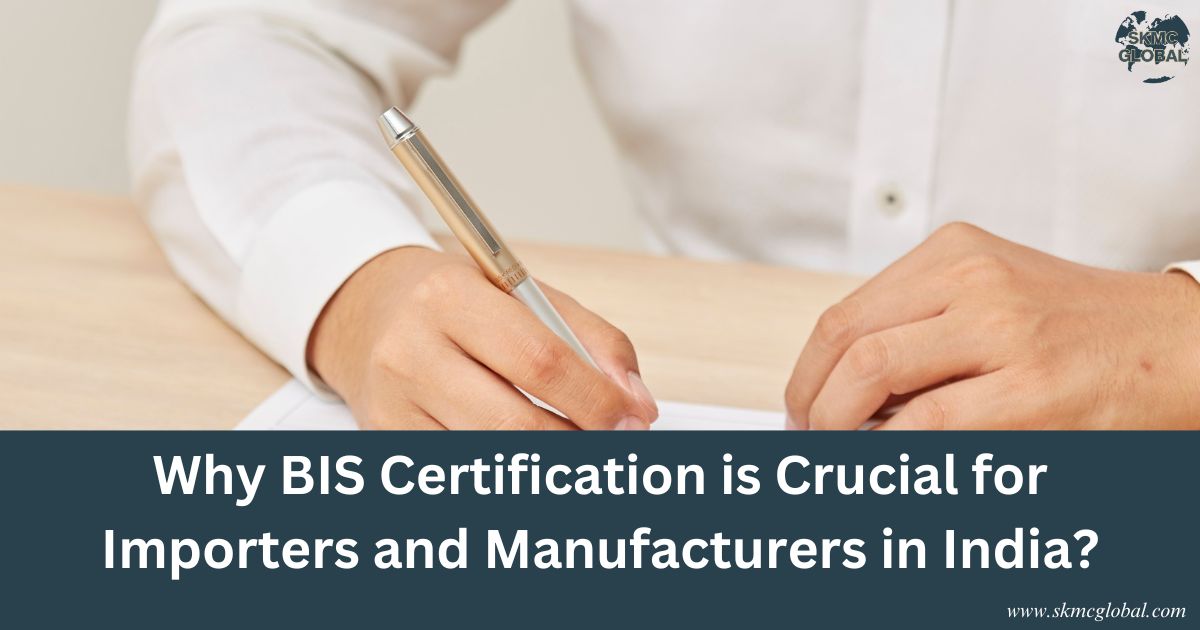 Why BIS Certification is Crucial for Importers and...
May 15,2025
Why BIS Certification is Crucial for Importers and...
May 15,2025
-
 Top 7 Reasons Indian Entrepreneurs Are Switching t...
May 07,2025
Top 7 Reasons Indian Entrepreneurs Are Switching t...
May 07,2025
-
 Incorporation of Company in Japan...
Apr 24,2025
Incorporation of Company in Japan...
Apr 24,2025
-
 How to set up a Representative Office in Singapore...
Apr 14,2025
How to set up a Representative Office in Singapore...
Apr 14,2025
-
 BIS certificate for medical equipments...
Apr 09,2025
BIS certificate for medical equipments...
Apr 09,2025
-
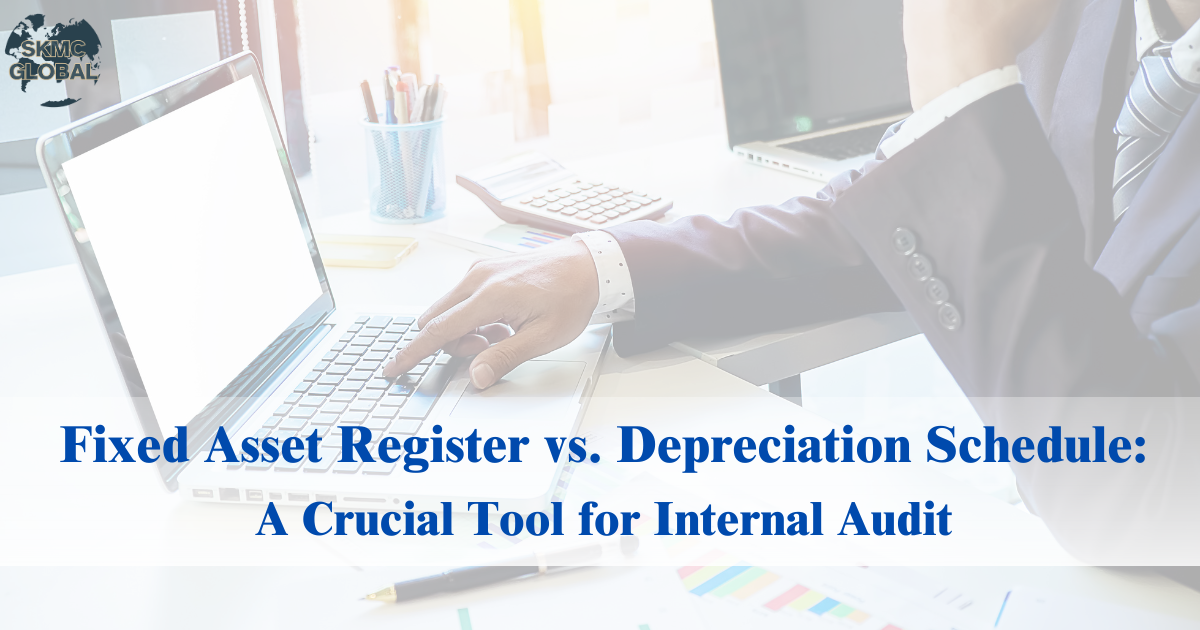 Fixed Asset Register v/s Depreciation Schedule: A ...
Apr 02,2025
Fixed Asset Register v/s Depreciation Schedule: A ...
Apr 02,2025
-
 Role of AI in Accounting...
Mar 26,2025
Role of AI in Accounting...
Mar 26,2025
-
 Capital Structure & its Impact on Profitability...
Feb 21,2025
Capital Structure & its Impact on Profitability...
Feb 21,2025
-
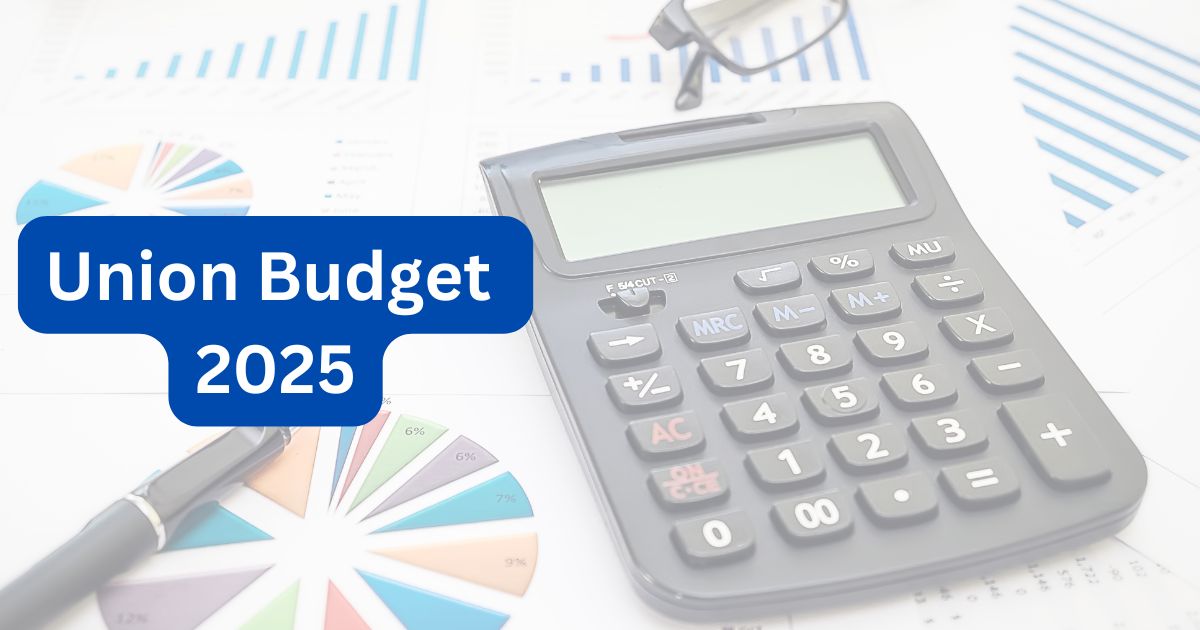 Union Budget 2025...
Feb 01,2025
Union Budget 2025...
Feb 01,2025
-
 What is EPR in Plastic waste Management? ...
Jul 12,2022
What is EPR in Plastic waste Management? ...
Jul 12,2022
-
 Lithium-ion Battery Recycling Plant Setup in India...
May 10,2022
Lithium-ion Battery Recycling Plant Setup in India...
May 10,2022
-
 Setting up E-waste Recycling Plant Setup...
Jan 12,2022
Setting up E-waste Recycling Plant Setup...
Jan 12,2022
-
 Applicability of Labour Laws in India...
Jul 15,2021
Applicability of Labour Laws in India...
Jul 15,2021
-
 Basis to Outsource Finance and Accounting Services...
Oct 31,2021
Basis to Outsource Finance and Accounting Services...
Oct 31,2021
